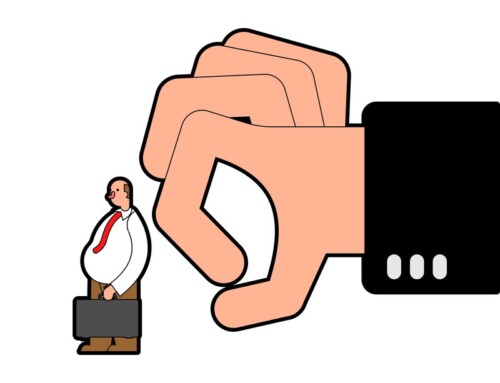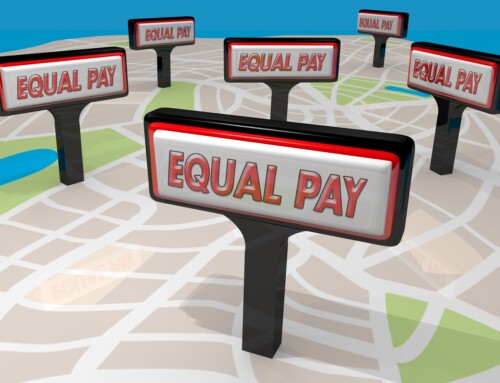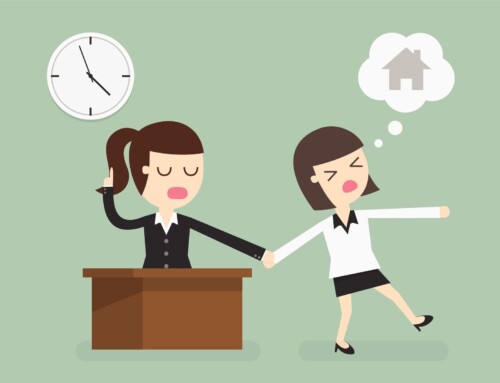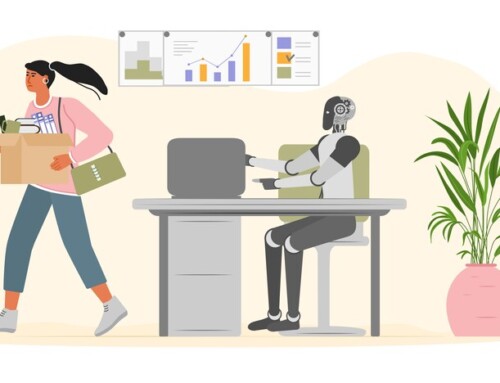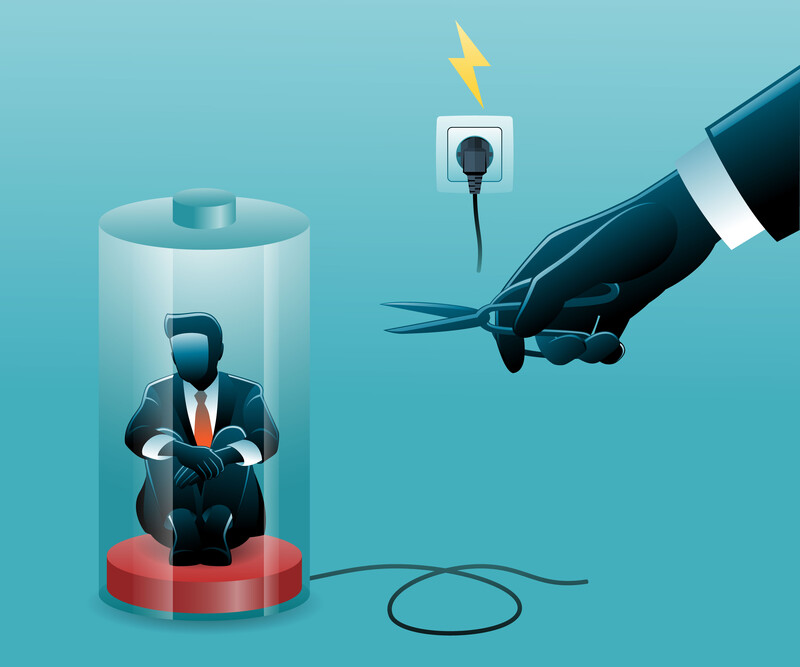 ◆50 people Barrier
◆50 people Barrier
The “50-employee barrier” refers to the management issues that arise when the number of employees exceeds 50. This is the time when multiple managers are needed in addition to the president to conduct management, and the personnel system becomes more complex, so the level of management also increases. In addition, the quality of communication within the organization is said to decline as the number of employees increases, making information sharing and communication more difficult.
Consistent with this 50-people barrier, the percentage of people with mental health problems seems to increase.
◆Companies with mental health problems increased significantly for companies with more than 50 employees.
In the “Survey of Corporate Attitudes Toward Health Management Initiatives” conducted by Teikoku Databank, the following results were obtained when companies were asked whether they had “workers with excessive working hours” or “workers with mental health problems” over the past year. The number of companies that responded validly to this survey was 11,039, which can be considered a general trend in Japan.
<Number of employees and percentage with mental health problems (%)>
Fewer than 5 …………… 5.0%
6 to 20 people …………10.8%
21-50 people …………..19.5%
51 – 100 people………..31.6%
101-300 people ……….45.5%
301 to 1,000 people … 59.0%
Over 1,000 people…….62.0%
(21.0% [1 in 5 companies] answered “Yes” in the overall total)
As can be seen, the percentage increases with the size of the company and exceeds the overall figure when the number of employees exceeds 50.
The larger the company grows, the more important personnel and labor management becomes. To prevent mental health problems, it is important to ensure regular health checkups, take measures against smoking and harassment in the workplace, and optimize work density by managing working hours and reviewing work procedures.

